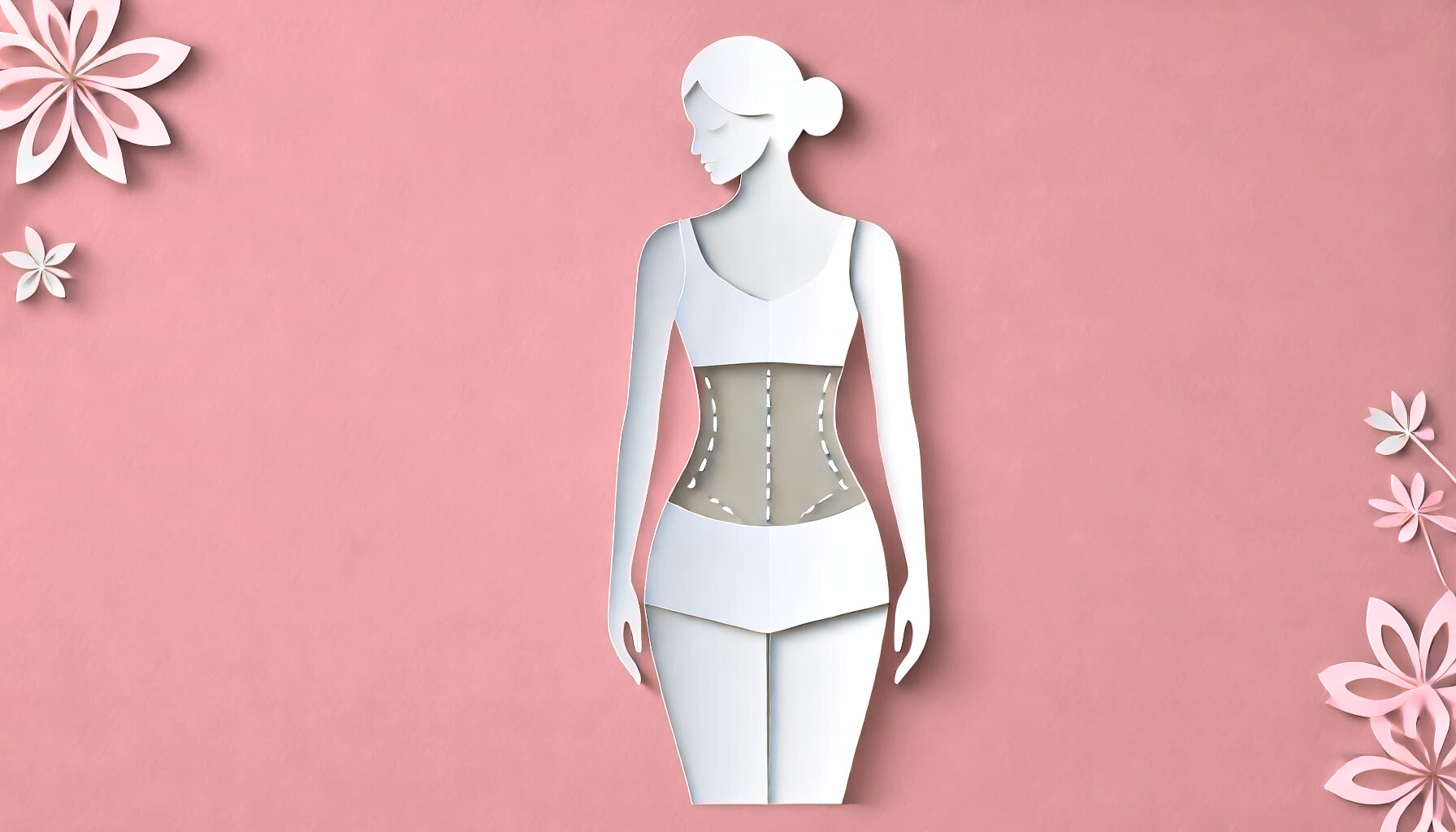
Giving birth to children can leave you dealing with changes to your body. Some of the most common issues are excess loose skin after pregnancy and diastasis recti which causes your rectus abdominis muscles to separate. When this occurs, it changes the appearance of your abdomen area and can also cause other physical problems.
There is a solution. A specialist plastic surgeon can repair the diastasis recti during abdominoplasty surgery (also known as a tummy tuck).
Diastasis Recti: What is it?
Diastasis recti usually happens in the late stages of pregnancy or after delivering your child. It has several names, including:
- Split tummy muscles
- Rectus diastasis
- Ab separation
- Rectus divarication.
It occurs when the rectus abdominis muscle separates. This is the large muscle that runs along the height of your stomach. It has a left and right part with a narrow piece of tough collagenous tissue (called the linear alba) separating the two sides. This band of tissue can weaken, especially due to pregnancy, which results in the left and right parts separating leaving only a soft gap between them. The gap can be small or it can be large, extending across the whole stomach midline. This can cause your stomach to bulge, which may be addressed with a postpartum abdominoplasty
Causes of Rectus Diastasis
Childbirth and pregnancy as the primary causes of rectus diastasis. When you are pregnant your body goes through a lot of physical and hormonal changes. As the baby grows, it stretches your stomach in all directions. During this time, your body produces a hormone called relaxin which helps your stomach muscles to relax and stretch to accommodate your growing baby.
While you may expect everything to go back to normal after giving birth, this does not always happen. Sometimes the linea alba becomes overstretched and cannot repair itself. An experienced surgeon can perform an abdominoplasty for diastasis recti, which includes muscle repair, tightening the stomach, and removing excess skin
Problems Diastasis Recti Causes
The problems diastasis recti causes includes:
- Lower back pain. Lower back pain can be a result of diastasis recti because the rectus abdominis muscle is a vital core muscle responsible for posture and balance. In its weakened state, there is more stress on your back muscles which try to compensate for the weakened rectus abdominis muscle. This puts too much strain on your back muscles so you can have lower back pain that becomes chronic.
- Stomach bulging. A bulging stomach is the more common symptom of diastasis recti. You may have a large bulge around, below or above your belly button. Sometimes the gap is so wide that the bulge can become the size of a football.
- Incontinence. It is not unusual to have some incontinence after giving birth to your child. You may be using pads to stay dry when you exercise, sneeze or laugh. ‘A postpartum abdominoplasty may help address incontinence.
- Hernias. When you have diastasis recti, it leaves your abdominal cavity vulnerable. The linea alba is stretched and weak and can rupture. This can cause your intestines and abdominal fat to push through the gap and become a hernia. This can cause health problems. such as the bowel loop becoming stuck and become an obstruction.
- Gastrointestinal problems. When you have diastasis recti, your intestines can move around inside your stomach. This can cause gastrointestinal problems such as constipation and stomach pain. If a bowel loop gets stuck, it will cause pain and you may need urgent surgery.
It is important to talk to a specialist plastic surgeon if you suspect or have a diagnosis of diastasis recti or a hernia.
Treating Diastasis Recti
Sometimes diastasis recti will improve on its own as you recover from your pregnancy. This is not true for many women. Physiotherapy, which involves special exercises, is a non-surgical option that may help reduce the severity of diastasis recti.
A more effective permanent treatment is surgery that brings the left and right sides of the separated muscle together. This is usually done during abdominoplasty surgery. During the procedure, your surgeon removes excess skin, repairs and strengthens your stomach wall and tightens your stomach. If you also have a hernia, your surgeon can also repair that during the surgery.
Possible Outcomes of Diastasis Recti Repair Surgery
Results you can achieve by having muscle repair with an abdominoplasty includes:
- Improved core strength. Repairing your stomach muscles can improve stability and core strength. This will be particularly helpful if you experience lower back pain because of muscle separation.
- Appearance. It can improve the appearance of your stomach by reducing bulging and providing a more contoured look.
- Relief from the symptoms. If you are suffering from the symptoms diastasis recti causes, repairing the muscle can significantly reduce the symptoms and even completely alleviate them.
- Restore functionality. Repairing your stomach muscle can restore physical functionality and make it easier to exercise, complete daily activities and lead a full, active life.
- Improve posture. Repairing the diastasis recti restores the abdominal muscle which can give you a stronger core and an improved posture. This will have a positive affect on your body physically and may also prevent any issues due to poor posture in the future.
It is vital to consult with a specialist plastic surgeon with the training and experience to find out if diastasis recti surgery with abdominoplasty is an option for you. They will give you a thorough examination and discuss what you want to achieve. This allows the surgeon to provide you with the best treatment options.
If you are experiencing diastasis recti, call Pure Aesthetics. Make an appointment with a trained and highly experienced specialist plastic surgeon to find out more about body contouring surgery Sydney.



